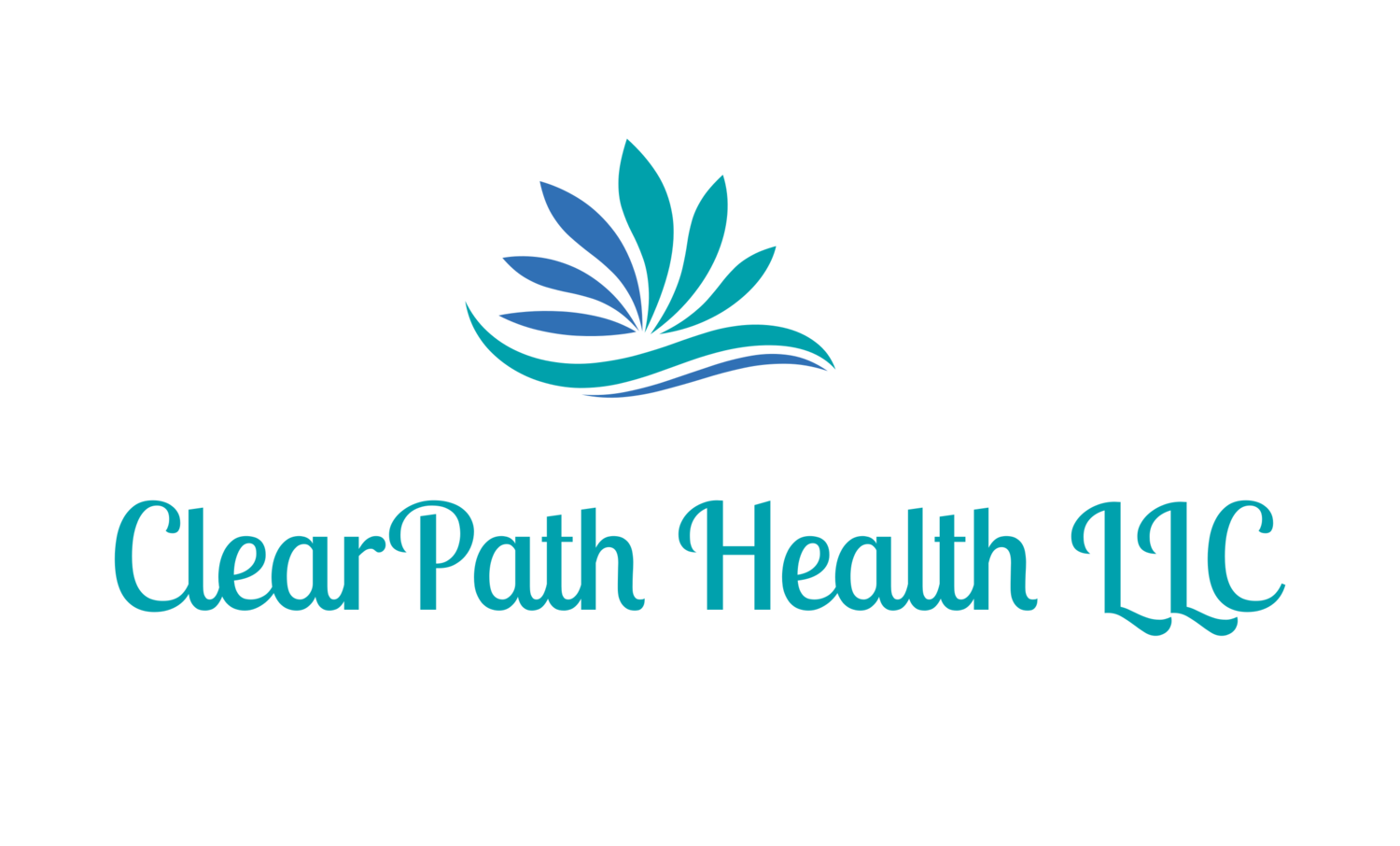Benefits of Progressive Muscle Relaxation and 3 Easy Ways To Try it with your Child Today
For All images related to this blog check our Facebook Post
by Sara Arter
Ever notice your jaw feels super tight after a day of high stress?? When you have anxiety or stress in your life, one of the ways your body responds is with muscle tension. Tense muscles relay to the body that it's stressed, which keeps the stress–muscle-tension cycle going. Progressive muscle relaxation helps break this cycle by reducing muscle tension and general anxiety.
Progressive Muscle Relaxation (PMR) is a helpful strategy for kids with anxiety difficulties, as they are often chronically tensing muscles. PMR helps children learn to distinguish between the feelings of a tensed muscle and a completely relaxed muscle. This in turn teaches children to “cue” this relaxed state at the first sign of the muscle tension that accompanies anxiety.
PMR helps build awareness about anxiety triggers through physical sensations, and teaches an association between relaxed muscles and a relaxed mental state. It is easier to have someone guide a child through this the first few times until the technique is learned. I often tell kids this is like learning to turn their muscles from uncooked spaghetti into cooked spaghetti.
According to the UNC Medical Center the benefits of practicing PMR are the following:
● Lowers your stress
● Lowers your heart rate
● Reduces muscle tension
● Lessens your pain
● Helps you control your anxiety
● Helps you feel more rested (1)
So how do you get started?
1.Get into a comfortable position. You may stand, sit or lay down on your back.
2. Tighten all of the muscles in your face to make them tense. Hold the tension for 5-10 seconds
3. Relax the muscles in your face for 15-20 seconds. Focus on the tension leaving your body.
4. Repeat tensing and relaxing the same muscles 2 –3 times before moving on to the next muscle group.
5. Repeat steps 2, 3, and 4 with different muscle groups. In this order, focus on the shoulders, upper arms, forearms, hands, chest, back, trunk, thighs, lower legs and then feet.
How to tense certain muscles:
Hands: Clench them.
Biceps and upper arms: Clench your hands into fists, bend your arms at the elbows, and flex your biceps.
Shoulders: Shrug them.
Forehead: Wrinkle it into a deep frown.
Around the eyes and bridge of the nose: Close your eyes as tightly as possible.
Back: Arch your back up and away from the floor.
Stomach: Suck it into a tight knot.
Lower legs: Point your toes toward your face, as if trying to bring the toes up to touch your head. Then point your toes away and curl them downward at the same time.
Some ideas to make it fun!
Squeeze the Lemon: Pretend you have a whole lemon in each hand. Now squeeze it hard. Try to squeeze all the juice out! Feel the tightness in your hand and arm as you squeeze. Squeeze hard! Don’t leave a single drop. (Hold for 10 seconds.) Now relax and let the lemon drop from your hand.
Stretch Like a Cat: Pretend you are a furry, lazy cat and you just woke up from a nap. Stretch your arms out in front of you. Now raise them way up high over your head. Feel the pull in your shoulders. Stretch higher and try to touch the ceiling. (Hold for 10 seconds.) Great! Let them drop very quickly and feel how good it is to be relaxed. It feels good and warm and lazy.
Squeeze through a Fence: Now pretend that you want to squeeze through a narrow fence. You’ll have to make yourself very skinny if you’re going to make it through. Suck your stomach in, try to squeeze it against your back bone. Get it real small and tight. Hold it as tight as you can! (Hold for 10 seconds.) Okay, you’ve made it! You got through the fence. Settle back and let your stomach come back out where it belongs
Reference:
(1)Progressive Muscle Relaxation Patient Education: Side Effect and Symptom Management Series. (2016, September). www.uncmedicalcenter.org. https://www.uncmedicalcenter.org/app/files/public/dfd3e248-204a-40be-86f1-bb4b306ed 3dd/pdf-medctr-rehab-progmuscle.pd

